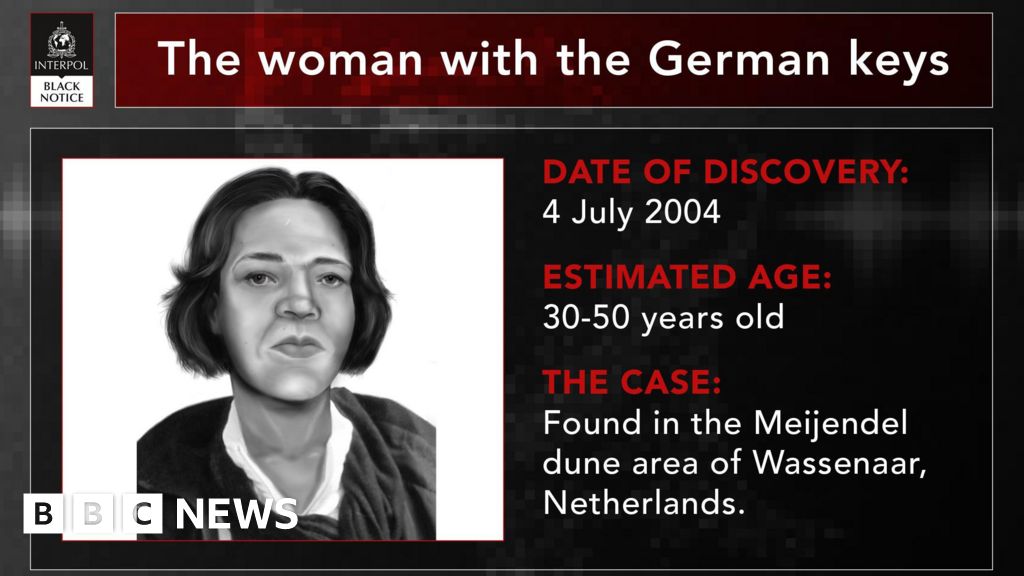AI-powered ECG tool accurately detects early heart failure in at-risk individuals in Kenya.

An artificial intelligence-powered electrocardiogram algorithm showed strong performance in detecting early signs of heart failure among patients in Kenya, according to findings presented at Heart Failure 2025, a scientific congress of the European Society of Cardiology (1✔ ✔Trusted Source
Implementing an AI-ECG based algorithm to screen for left ventricular dysfunction in Kenya: a prospective cohort study
Go to source
).
High Prevalence and Diagnostic Challenges in Sub-Saharan Africa
Heart failure is highly prevalent in Sub-Saharan Africa, where patients are often younger and face worse outcomes than in high-income countries. Explaining the rationale for the current study, presenter Dr. Ambarish Pandey from the University of Texas Southwestern Medical Center, Dallas, Texas, USA, said: “Early detection of left ventricular systolic dysfunction (LVSD) represents an important strategy to identify patients who are likely to develop heart failure and yet there is little access to echocardiography, the gold standard method to diagnose LVSD, in resource-limited settings.”
“We conducted a study in Kenya to determine whether LVSD could be assessed from an electrocardiogram (ECG) using validated artificial intelligence (AI)-based software³ as a potential scalable approach to screen large populations.”
Multicentre Screening Using AI-Enhanced Electrocardiograms
This prospective cross-sectional multicentre screening study included adult patients who attended eight healthcare facilities in Kenya. Cardiovascular risk factor burden was assessed with a classification of high cardiovascular risk based on prior cardiovascular disease (CVD) or Framingham Risk Score (FRS) >10%.
All participants had a 12-lead ECG and the prevalence of LVSD (left ventricular ejection fraction <40%) was assessed by the AI-ECG algorithm (AiTiALVSD; Medical AI Co, Seoul, Republic of Korea). The AI-ECG algorithm predicted LVSD probability using a pre-established threshold of >0.097 to define high risk. A subset of participants had LVSD assessments by both the AI-ECG algorithm and echocardiography to evaluate the AI-ECG model’s performance.
Participant Demographics and AI-ECG Accuracy
The evaluable study cohort included 5,992 participants who had a mean age of 55 years, two-thirds were female (66%) and 65% were classified as being at high cardiovascular risk.
The prevalence of LVSD using the AI-ECG algorithm was 18.3%, with a higher prevalence among those with high Framingham risk score (FRS, 22.9%) or existing CVD (32.0%) than those with low FRS (9.9%).
In 1,444 participants with paired assessments, echocardiography-confirmed LVSD was present in 14.1%. The AI-ECG algorithm demonstrated excellent performance metrics compared with echocardiography: sensitivity was 95.6%, specificity was 79.4% and the negative predictive value was 99.1%.
“Our study shows the potential utility of AI-ECG algorithms as a relatively low cost and scalable tool for screening for heart disease including heart failure in at-risk populations in resource-limited societies,” added Dr. Bernard Samia, senior author and President of the Kenya Cardiac Society.
Dr. Pandey concluded: “It was striking that the AI-ECG algorithm identified LVSD in almost 1 in 5 individuals, highlighting the large population at risk of heart failure. Given that the AI-ECG algorithm performed well against the gold standard method, we would now like to conduct larger screening studies across several countries in Africa. It will also be important to investigate whether identification of LVSD leads to greater use of evidence-based therapies.”
Reference:
- Implementing an AI-ECG based algorithm to screen for left ventricular dysfunction in Kenya: a prospective cohort study – (https://esc365.escardio.org/presentation/302715)
Source-Eurekalert













Leave a Reply